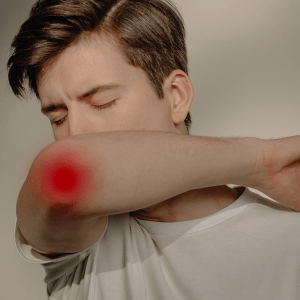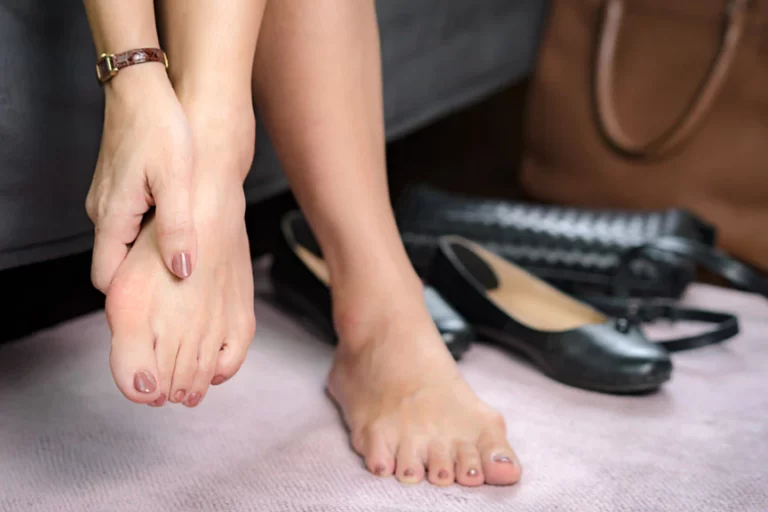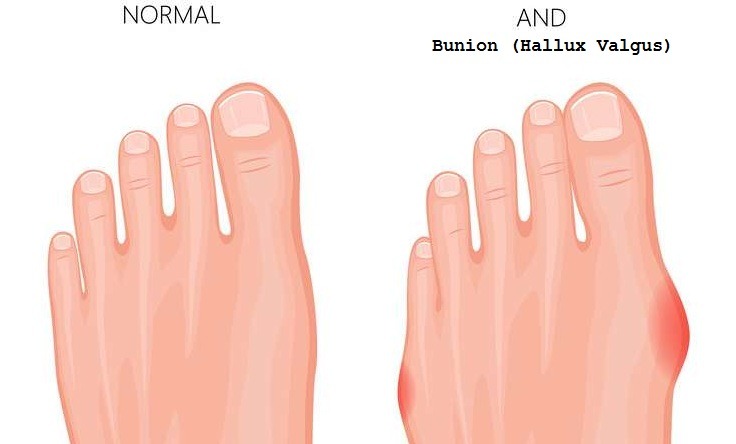What is Cubital Tunnel Syndrome?
Cubital tunnel syndrome is the name given to the disorder caused by the compression of the ulnar nerve in the tunnel in which it passed through the inside of the elbow. It is the most common nerve compression in the upper part of our body after carpal tunnel syndrome in which the median nerve is compressed.
What are the Causes and Symptoms?
The ulnar nerve is the cable system that starts from the armpit reaching to the fifth finger of the hand and the fifth finger side of the fourth finger. It passes through a channel called the cubital tunnel on the inside of the elbow. The duties of the ulnar nerve are; transmit sense from the half of the ring finger and the little finger and the inner half of the forearm, and to provide electrical conduction to the muscles that enable the fingers to close and do fine work.
Situations that increase the pressure in or around the canal (bone spurs or edema by leaning on it, etc.), posture habits that cause the nerve to fold (such as sleeping with the hand under a pillow), disorders that cause the nerve to stretch (angulation of the elbow due to the old fracture, etc.) can lead to cubital tunnel syndrome. In cases where the ulnar nerve is stuck in the cubital tunnel, pain and numbness occurs in the 4th and 5th fingers, wrist and elbow. Symptoms increase at night.
Heavy mobile phone use and doing sports activities that require bending the elbow can also lead to increased complaints. More severe symptoms may be observed in cases where nerve compression progresses. These are: weakness in the hand and inability to do fine work, muscle loss between the first and second metacarpal bones, clawing in the fourth and fifth fingers.
How to diagnose?
In addition to some examination tests, EMG examination is used for diagnosis. With EMG, the electrical conduction of the nerve is evaluated, if there is a conduction block, its degree and location are determined. MRI imaging is useful in viewing the edema or space-occupying mass around the nerve in the diagnosis of cubital tunnel syndrome. If possible, imaging with 3 Tesla MRI is more appropriate. If an old fracture around the elbow or a crooked knitting is suspected, imaging can also be done by X-ray.
What are the treatment methods?
If the compression has not progressed and the duration is not prolonged in the treatment, non-surgical methods are applied. These are: using anti-edema medications, using elbow pads and night splints. Patients are advised not to rest the inner sides of the elbow on the seat edge and table, especially when performing desk jobs and not to bend their elbows while sleeping at night.
If the complaints are prolonged and the symptoms deteriorate, surgical intervention is inevitable. Surgery should be performed in order not to cause deformities that are difficult to recover from in the future.
In surgical treatment, the nerve is released from the channel it passes through and transferred under the membrane of the muscles in the front. Thus, the nerve is both freed from the tunnel in which it is crushed, and it is allowed to extend straight down the straight path without making an angle. Surgical treatment performed by changing the location of the nerve in this manner is superior as it reduces the risk of recurrence compared to the freeing surgery performed by opening only the top of the cubital tunnel. Patients are discharged the next day.
A shoulder-arm sling is used for 3 days postoperatively. After three days, the sling is used only for one month while sleeping at night in order to prevent the patient’s involuntary arm movement. Stitches are removed on the fifteenth day. Carrying heavy loads, forced rotation movements of the patients, such as opening the jar lid or turning the valve, are restricted for two months.










